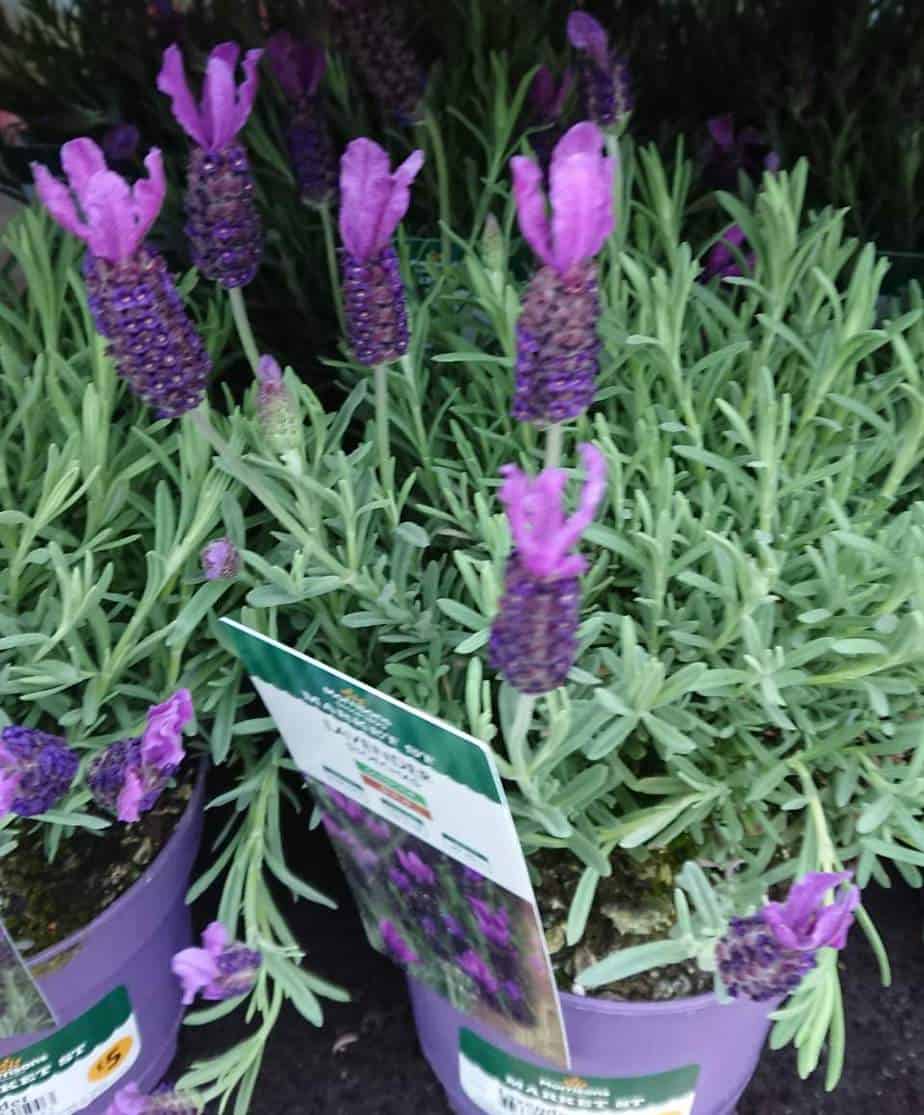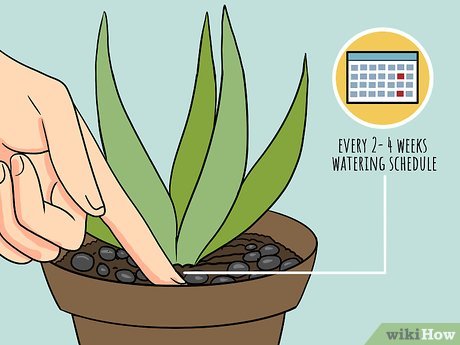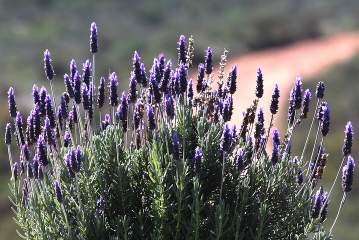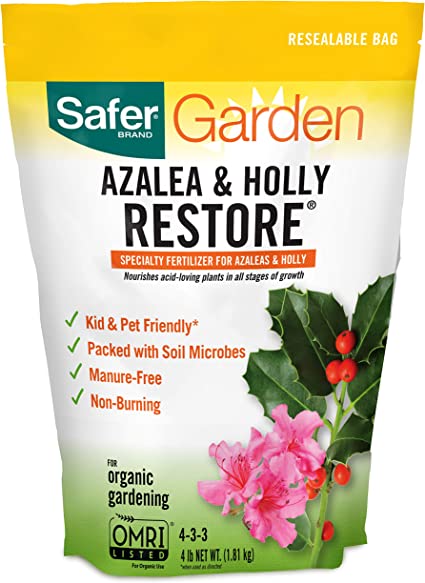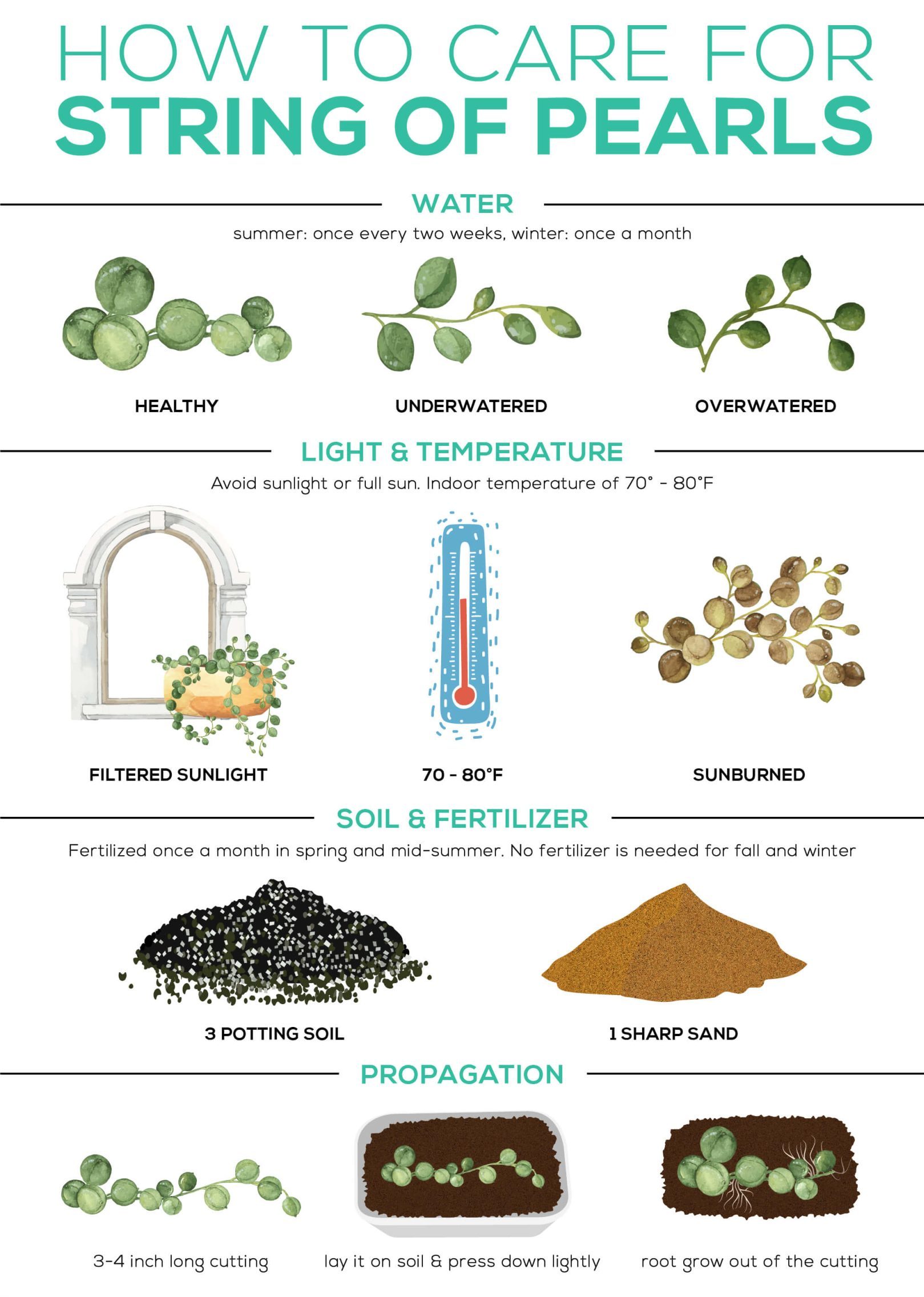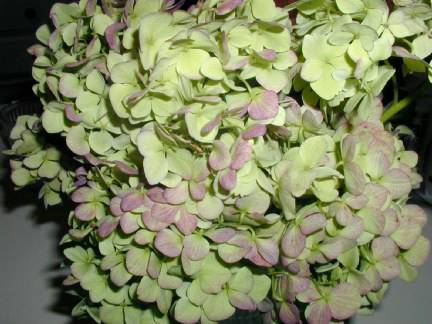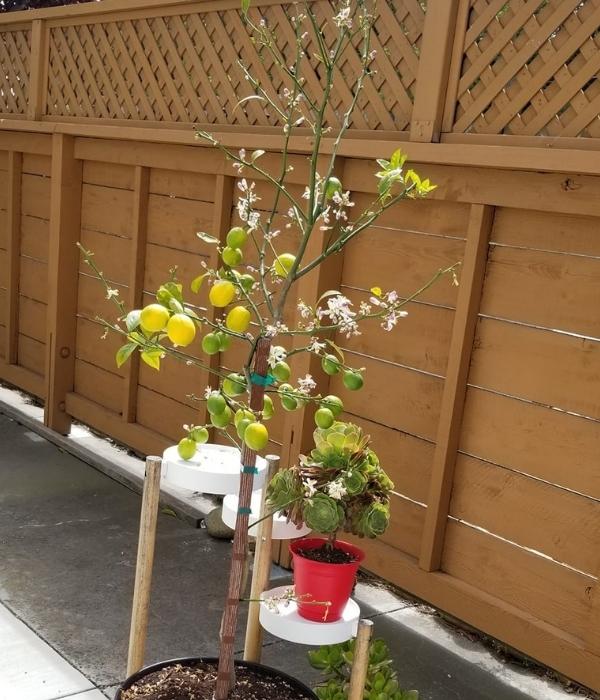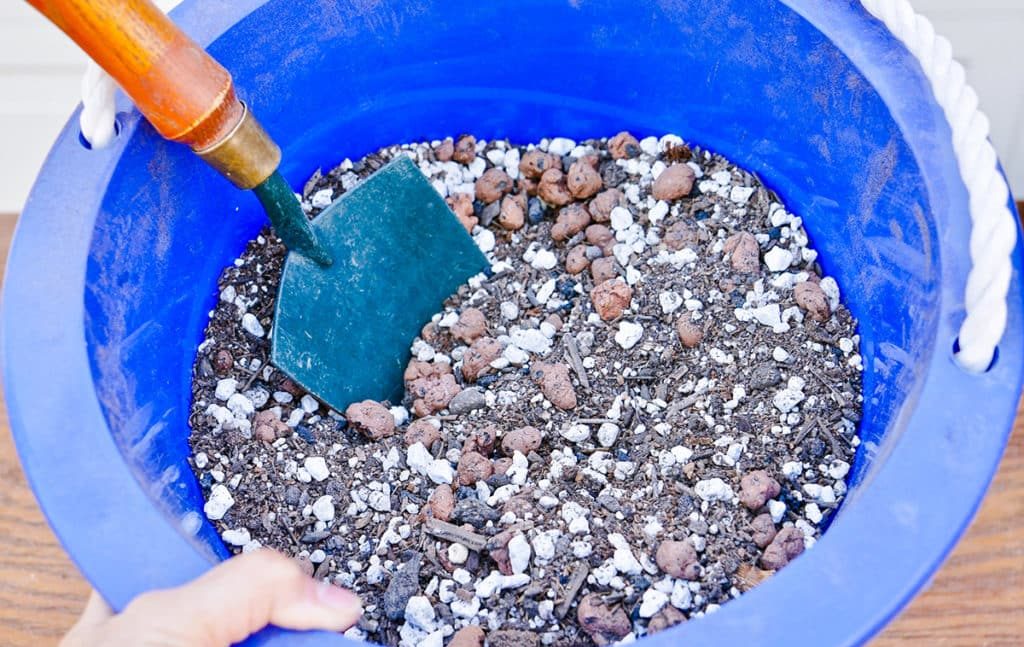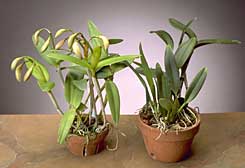Does Lavender Come Back?
With the proper care and growth circumstances, lavender is a perennial subshrub that does come back after the winter. It can live for many years. Due to their lower level of cold tolerance than English lavenders, Spanish and French lavenders may not survive the winter in colder climates. French and Spanish lavenders, which are more …

